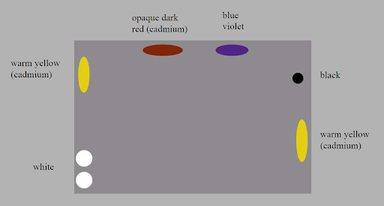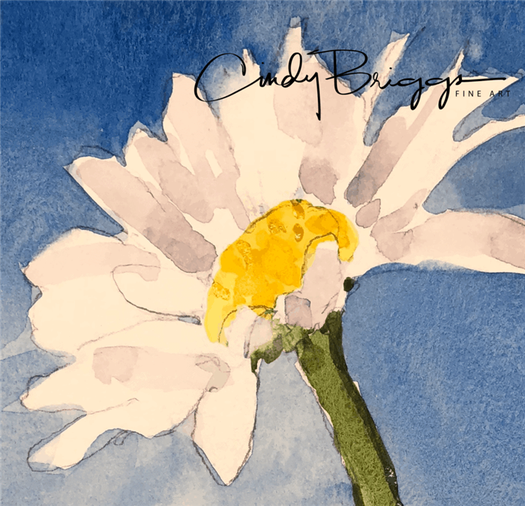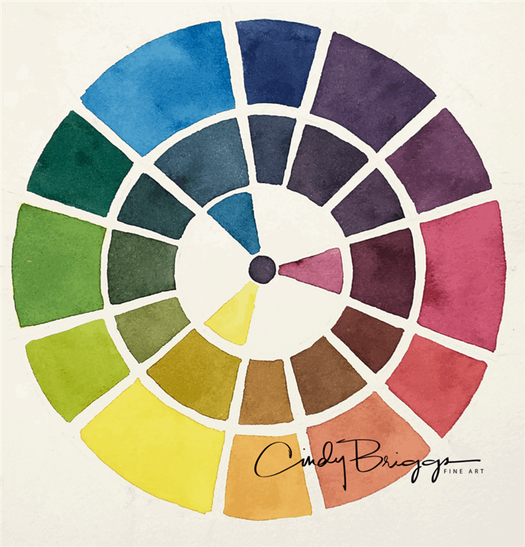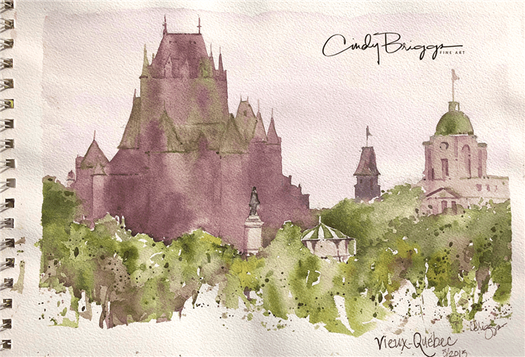Using thin paint, map out where you major shapes are going to be. There is no need to draw accurately at this stage. You will refine the drawing with paint later on. However proportions are very important at this stage.
Oil Painting For Beginners: 5 Expert Recommendations


Oil paint consists of ground-up colored pigment suspended in a drying oil, usually derived from seeds or crushed nuts, such as linseed oil, safflower oil, or walnut oil. Some oil paints also have additives to help add bulk (often the cheaper paints), as well as extenders to make them dry more slowly.
It forms a tough, colored film after exposure to air for a few days.
Oil Painting For Beginners: Recommendations
Recommendation 1: Give it a try
Some people think oil painting for beginners is difficult, but this is simply not true once you know a few basic techniques. In fact it is far easier than watercolor, and even easier than acrylics when you take into account the problems of fast drying acrylics. Oil painting is the best medium for beginners in spite of what is often repeated on the internet. (See my guide to choosing a painting medium for more information why).
Recommendation 2: Avoid solvents
Another misconception is that you have to use dangerous solvents. You can use them, but you do not have to. There are two ways to avoid using solvents:
- Use water-soluble oils. See my article on water-soluble oil paints.
- Clean up with soap instead of solvents, or use a non-toxic cleaner, such as Brush Flush (see below for where to get this).
In fact, it is best not to mix oil paint with solvents as it weakens the adhesion of the paint to the painting surface.

Recommendation 3: Start with inexpensive materials
Start simple and build up your skills one by one. Again, don’t believe that you need expensive brushes and the best quality oil paints. You will learn far more quickly by playing around freely with inexpensive materials. In this way, you will not worry about wasting paint, and this in the end will be far more important to your learning.
Recommendation 4: Start With Small Paintings
The fasted way to learn oil painting for beginners is to paint small. This encourages you to try out techniques and play with colors so you get familiar with how they work. You can buy some small 6×8 and 9×12 inch canvases or canvas boards, but I prefer painting with oils on paper for studies and learning. You can gesso the paper first using white acrylic gesso to stop the oil sinking into the paper, or more easily, just buy a pre-prepared paper such as Arches Paper for Oils.
All paintings in this article, I did plein air, and are very small.

Recommendation 5: Use a simple palette
If you are a beginning oil painting, you do not need many colors. You can select just one yellow, one red, and one blue, plus white. I like to add black so you can quickly make a cool gray. Otherwise it takes a long time to mix a neutral gray. Do not believe people who tell you never to use black! The secret is not to use it in your darks, but instead use it to make neutral grays. It is the neutral grays that are the secret to masterful color.

Take a look at my painting below, and notice how gray the background is.

One easy palette is:
- cadmium yellow
- alizarin crimson (good for still lifes, and man-made colors), or cadmium red dark (good for muted landscapes)
- ultramarine blue
- mars black
- titanium white
When you get more experienced, add a warm and cool version of each color. I suggest you add alizarin crimson, cadmium orange, and cobalt blue hue, or phthalo blue.
As you get more experience, add more colors as I do here. The secret to oil painting for beginners is to start simple. I have built a structured program of learning oil painting for beginners that starts simple, and builds up your skills one-by-one. This way you don’t get overwhelmed and will see steady progress. (see details on my online painting classes here)

Recommendation 6: Oil Painting safety guidelines
Safety Tips for Beginner Oil Painters
Here are some safety tips for oil painting for beginners
- Put discarded materials in the hazardous waste bins, particularly if you are using cadmium or cobalt based pigments.
- Put old oil painting rags that have linseed oil on them in a metal, not a plastic, bin. This is because rags with linseed oil in them can combust spontaneously. A metal bin will not burn and so it is safer.
Ten More Unique Watercolor Painting Ideas for Beginners

When I was asked about unique watercolor painting ideas for beginners, I started with the concept that everything is a shape. Simple organic recognizable shapes are the easiest to start with. A single daisy, radish, apple, or leaf are examples of simple organic shapes. From this idea alone, you can develop many more than ten unique watercolor painting ideas for beginners. Recognizable organic shapes are easier because you don’t have to be too exact.

Start with the primaries. I tend to use Quinacridone Rose, Phthalo Blue Green Shade & Lemon Yellow. With these 3 cool colors you can discover how to mix a whole range of beautiful colors. To expand your colors further add it helps to have these colors readily available. Neutral Tint to make rich darks. Warm red – Cadmium Red medium Hue, Warm Yellow – Quinacridone Gold or New Gamboge, Green Apatite Genuine or Sap Green, Permanent Brown or Burnt Sienna and Cobalt Blue. My 18 color studio palette has most of the colors I like to use but I can always get by with those 3 primaries. a. Blue
b. Yellow
c. Rose
d. Optional: Neutral Tint – center circle – add to mix darks
Do you recommend that beginners can try to move on to the more complex objects?

My lessons are developed to help all levels paint from simple to more complex subjects because I break it down into step-by-step basics. To make something complex simpler, try it as a silhouette shape so you don’t fixate on all the details. From a Palm Tree to a whole city, you can simplify with a silhouette painting focusing on the light background and the outside shape.
Everyone moves at their own speed. It’s like learning a language, you learn a few “words” concepts at a time and advance when you are ready. Depending on a class I may do a warm-up that helps me see where someone may be at on their journey. In my online programs I usually provide a series that invites you to move up when you are ready. We know in our hearts when we want to step it up – it’s a very personal decision. Sometimes a beginner will take on something too challenging then go to something simpler. Or possibly a beginner try something challenging and nails it. It’s always good to push yourself just enough and be open to failing. We learn more from the failures and celebrate every little success. My hope is that through these questions and answers, you’ve learned more than ten unique watercolor painting ideas for beginners!





